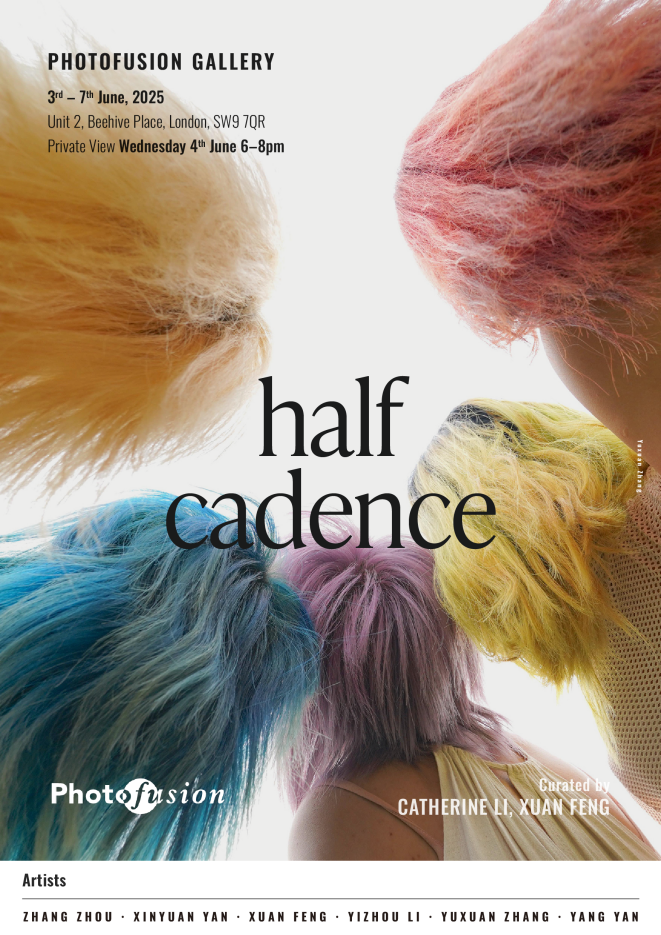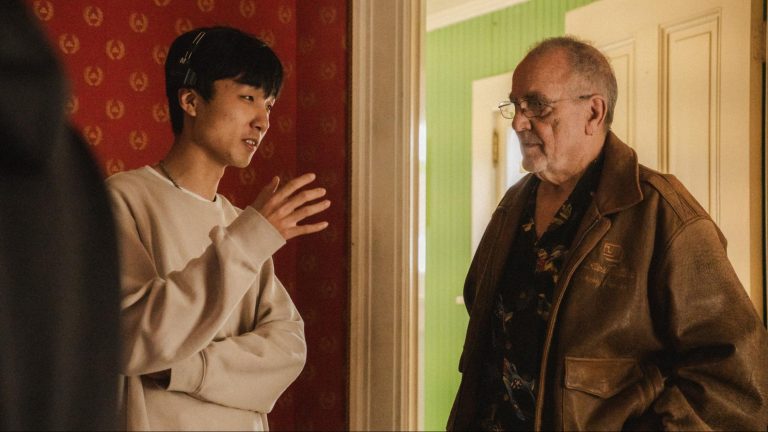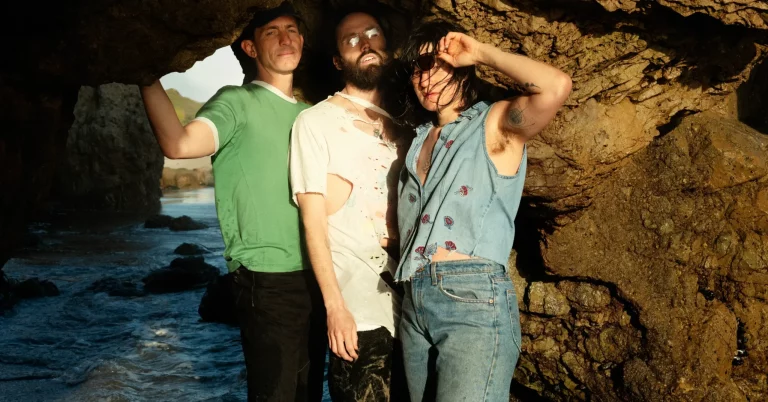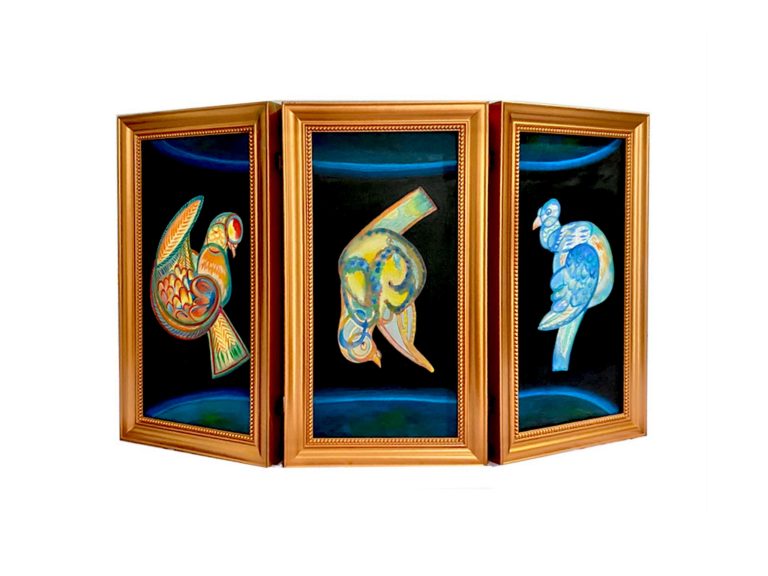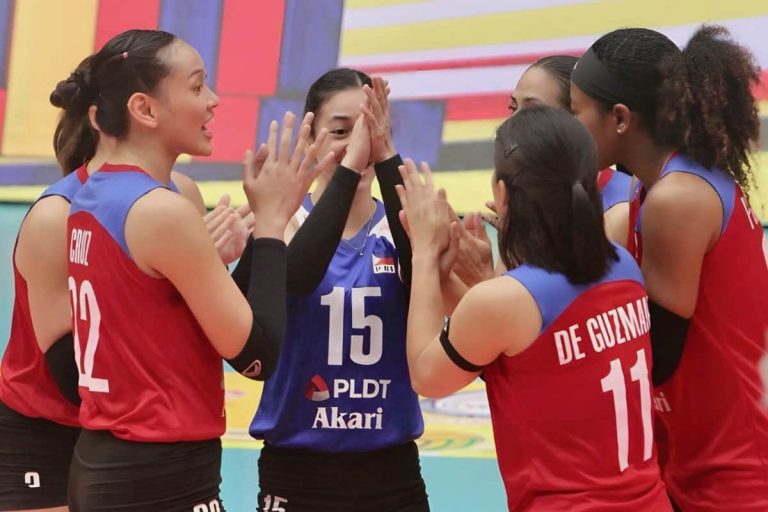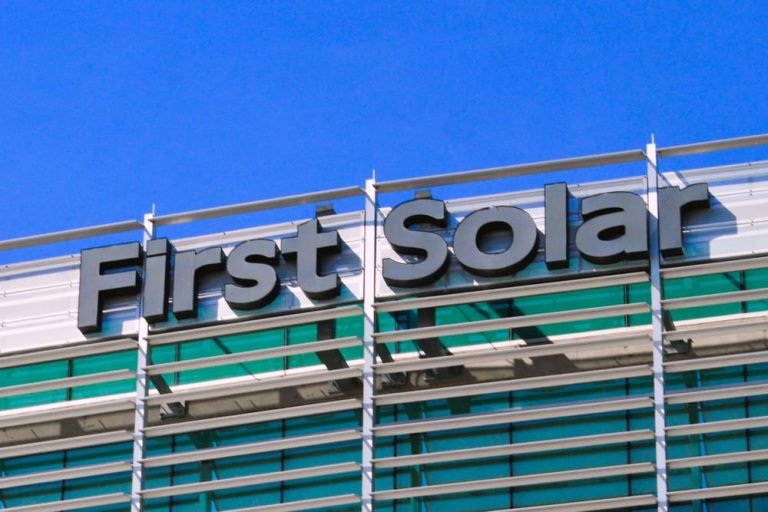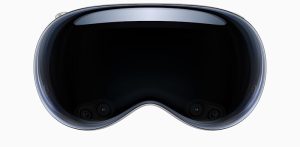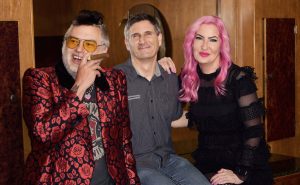Is art created in a state of suspension, on the threshold between possibility and uncertainty? It may be in this space that lens-based practices begin to develop. This in-between zone becomes a point of intersection for different ways of seeing, where relationships form between individuals and collectives, humans and nature, the inner self and expression.
Guided by the exhibition title Half Cadence, I became attuned to the rhythm of the visuals. The interplay between color and monochrome, presence and pause, raises questions about how personal expression can operate within a shared visual language and how situated perspectives might be seen. This aligns with Vilém Flusser’s reflection on photography as an act of coding and decoding the world through technical apparatuses and cultural programs. Photography, then, becomes a system of signs, shaped by the photographer’s choices to make the image legible.
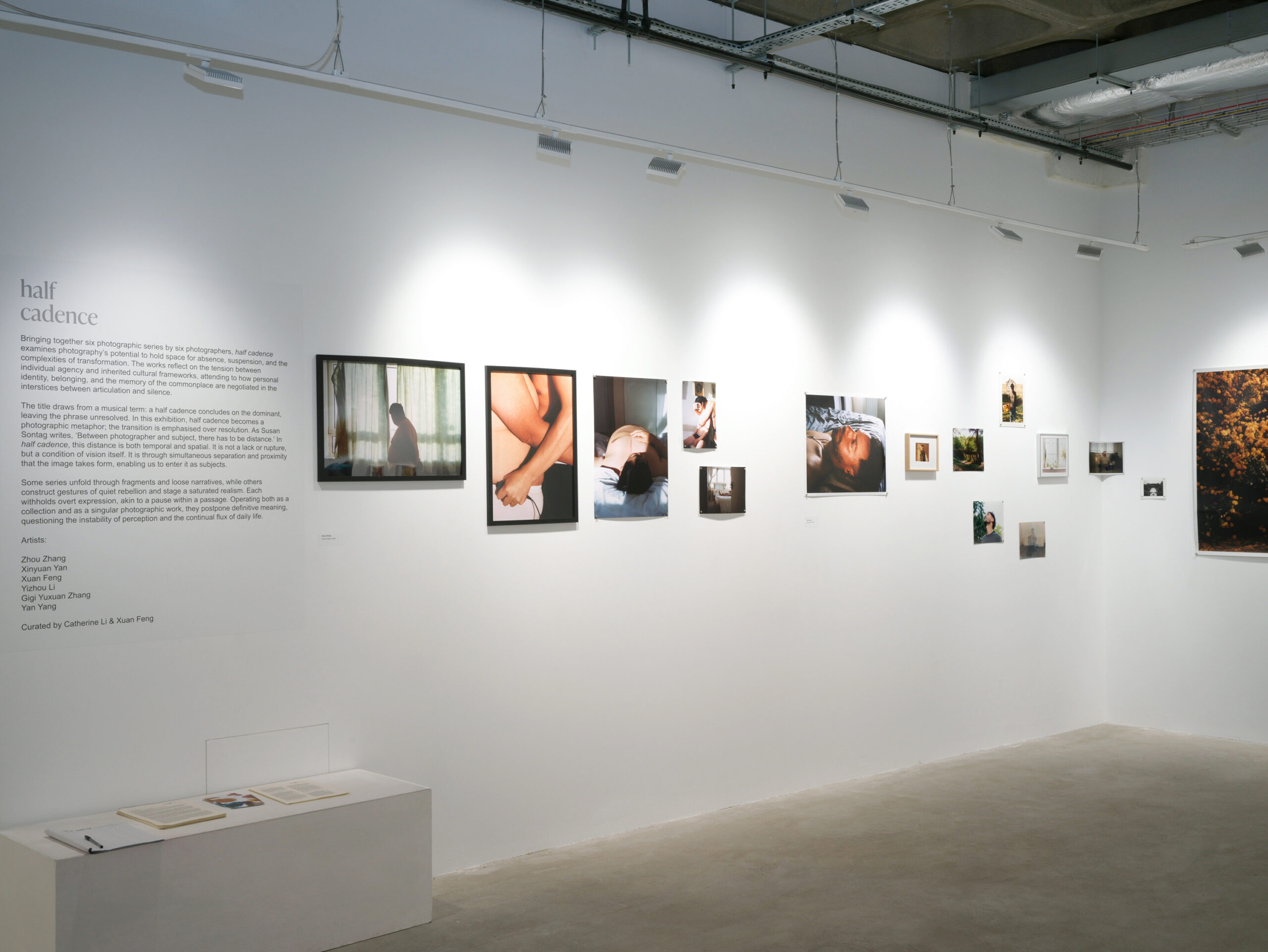

Zhou Zhang’s portrayal of intimacy frames the male body as landscape. The juxtaposition of two naked male bodies disrupts the “familiar” gaze shaped by representations of female nudity. From the bedroom we enter Xuan Feng’s poetic space of relational intimacy—a private fantasy nestled within public space, where breath and memory linger in the air.
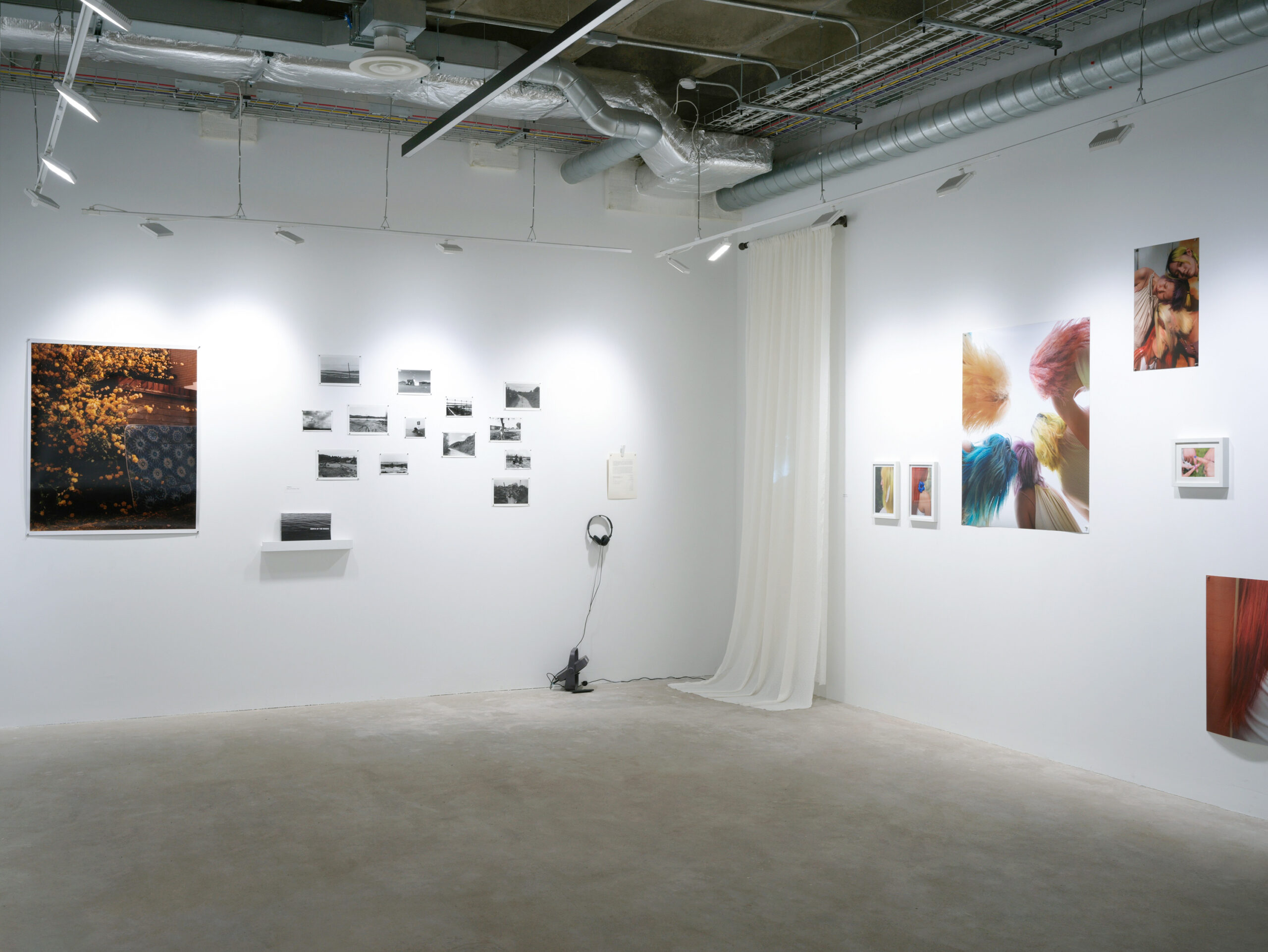

Yizhou Li departs from documentary approaches, using black-and-white darkroom printing to reveal images embedded in past times and places. Here, the darkroom process becomes a site of spatial construction. Landscapes emerge as projections of inner states, while reprinting allows even unintended images become reconstructions of memory.
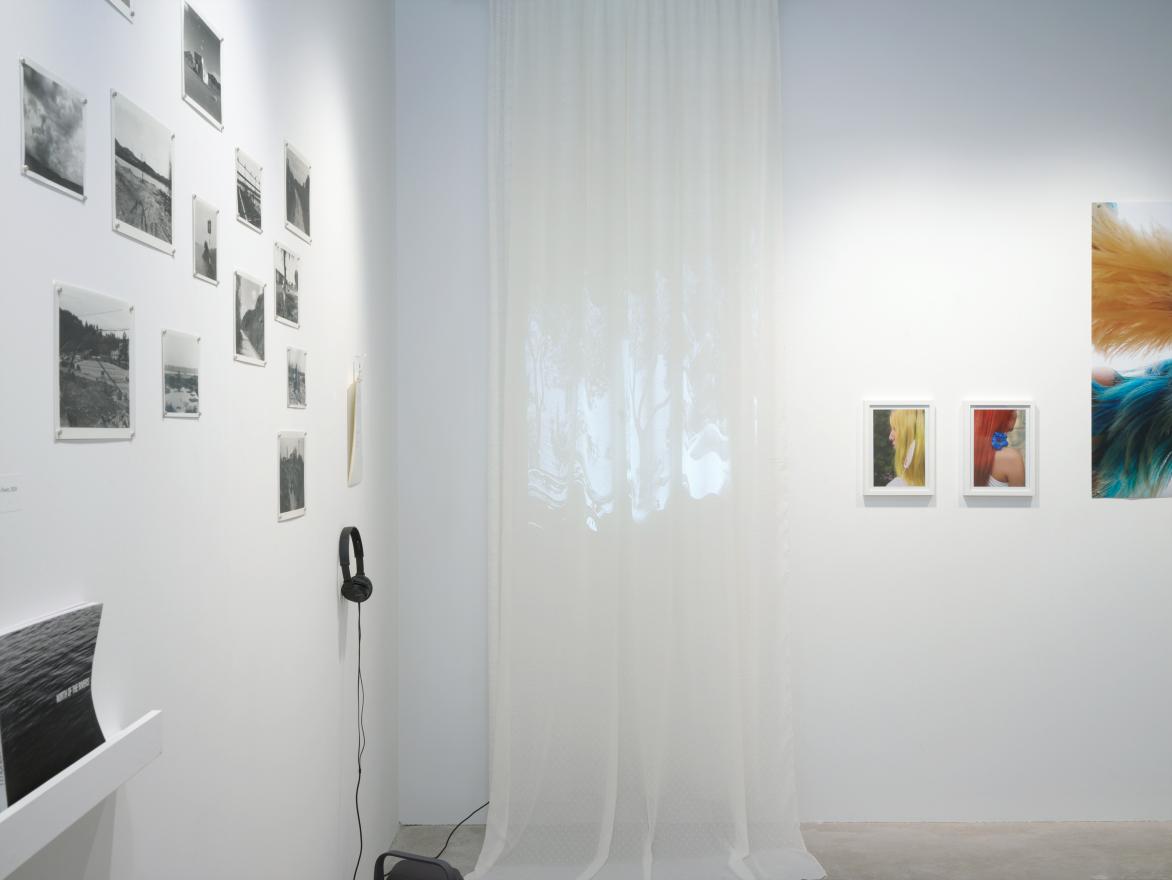

Xinyuan Yan’s use of fabric and projected videos challenges the static nature of traditional imagery. It compresses perceptions of time and space, holding memory within the tension between the tangible and the ephemeral. By manipulating Google Street View, she blurs the boundary between external dialogues and internal reflections.
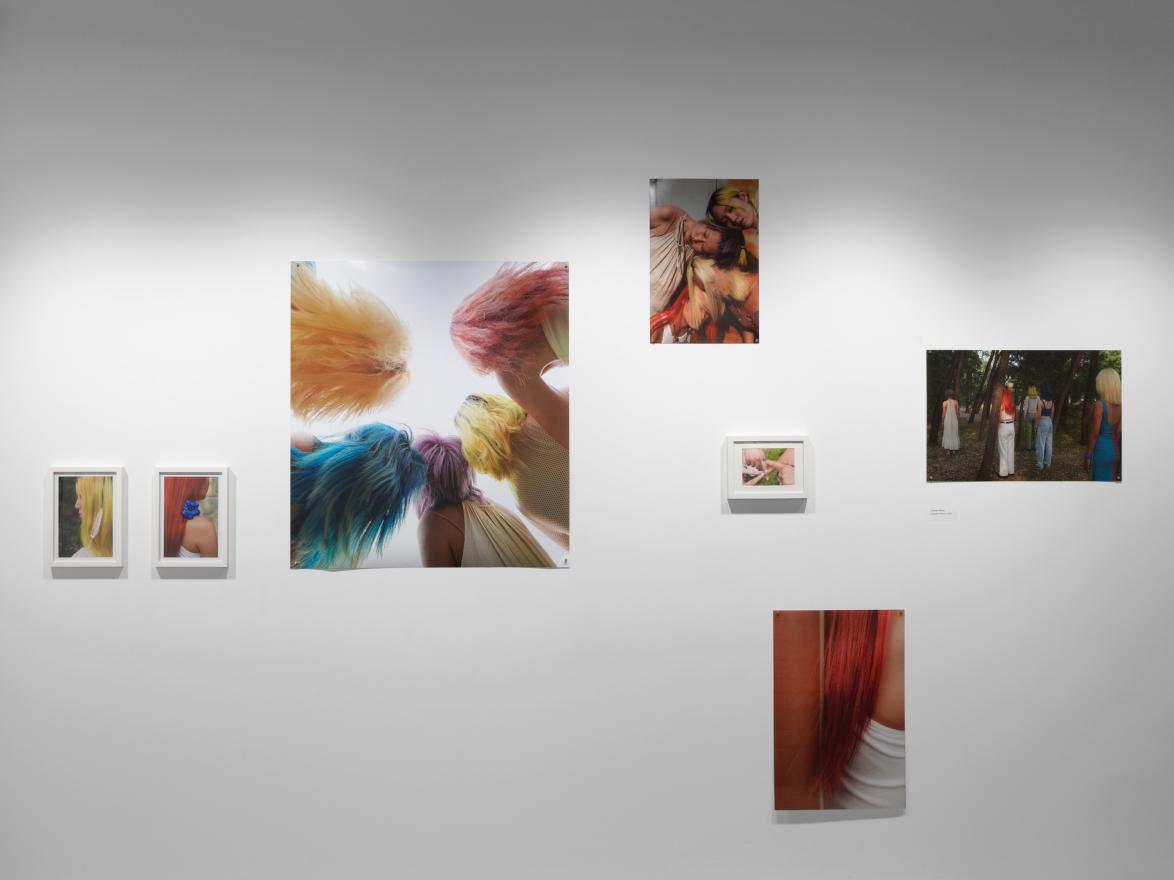

In Yuxuan Zhang’s work, situated in modern Chinese society where black hair is the norm, dyeing and bleaching hair in unconventional colors becomes a distinctive expression of individuality. Young women, connected by luminous colors, form bonds through hair and carve out their own space within nature. Dyeing hair shifts from an aesthetic choice to a political act.
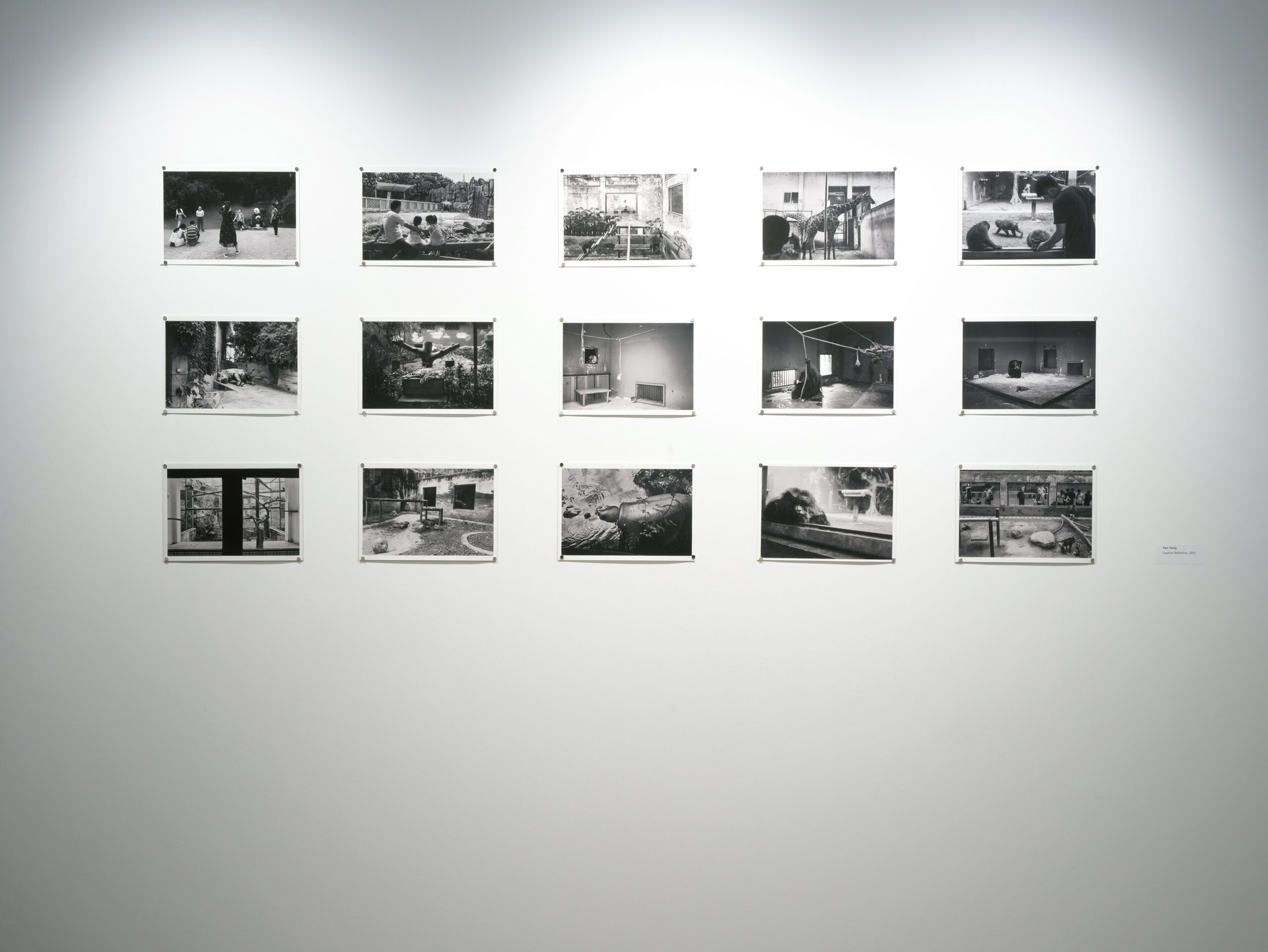

In the politics of seeing and being seen, Yan Yang’s photographs of the zoo during the pandemic portray a condition between gaze and counter-gaze, between the caged and the free. During lockdown, the distance between humans and animals seemed to vanish. This recalls Hiroshi Sugimoto’s series ‘Dioramas’, where the line between the real and the fabricated is blurred. One starts to question the nature of photographic truth.
These moments of mediated looking invite a deeper reflection on what is visible and invisible in photography. What remains unseen often forms the connective tissue of meaning. This elastic and relational field is what holds the fragments together.
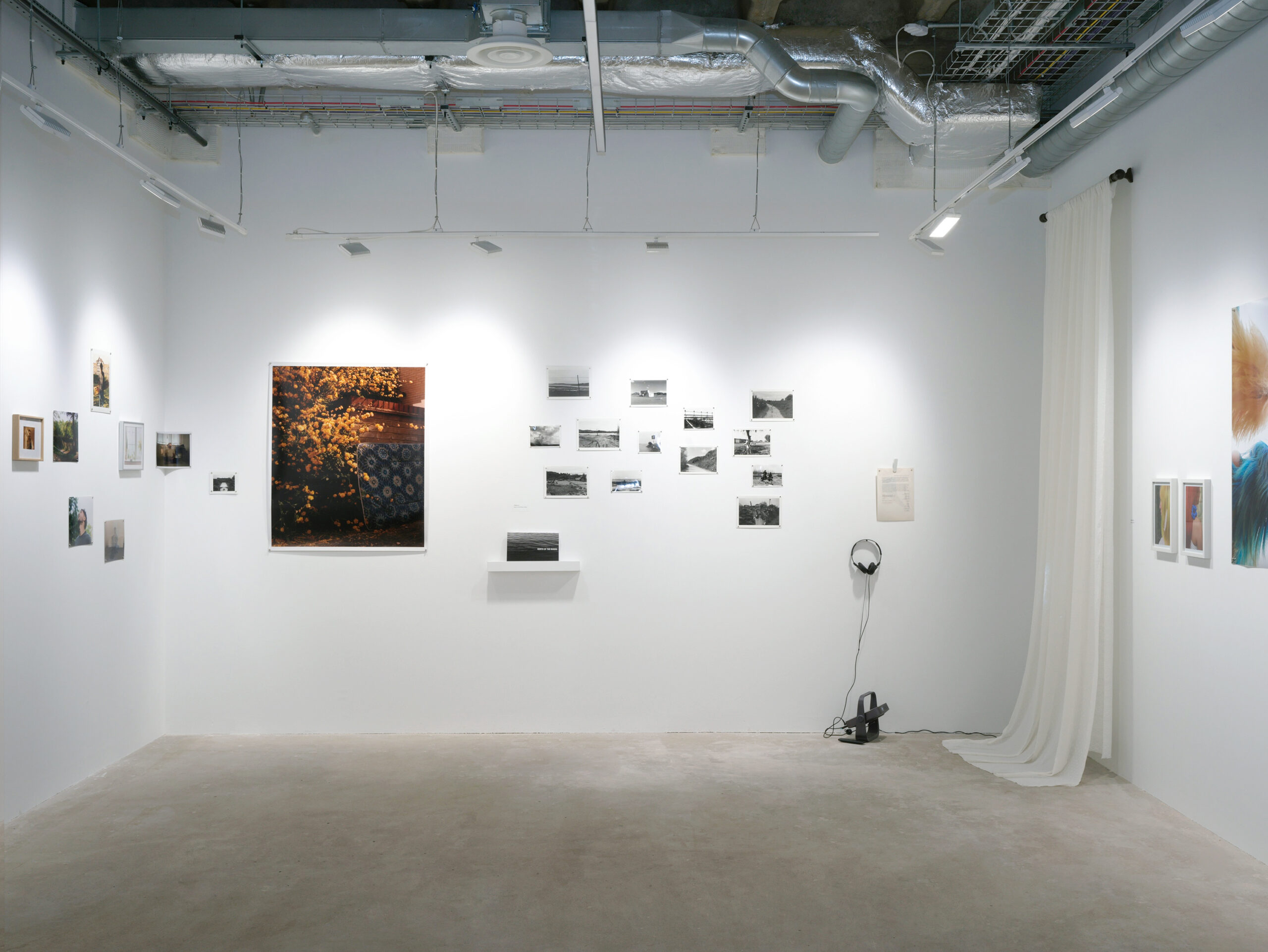

How can we create space that exists outside the framework of societal norms? True visibility may only arrive when the space no longer requires comparison, justification, or special attention— when what exists at the periphery no longer needs to be named as such. When the anonymous and the seen are held in the same frame, the face no longer needs to be foregrounded.
Nothing reaches closure in half cadence. What photography offers here is not the certainty of fixed meaning, but a space where new temporalities and spatialities can unfold.
